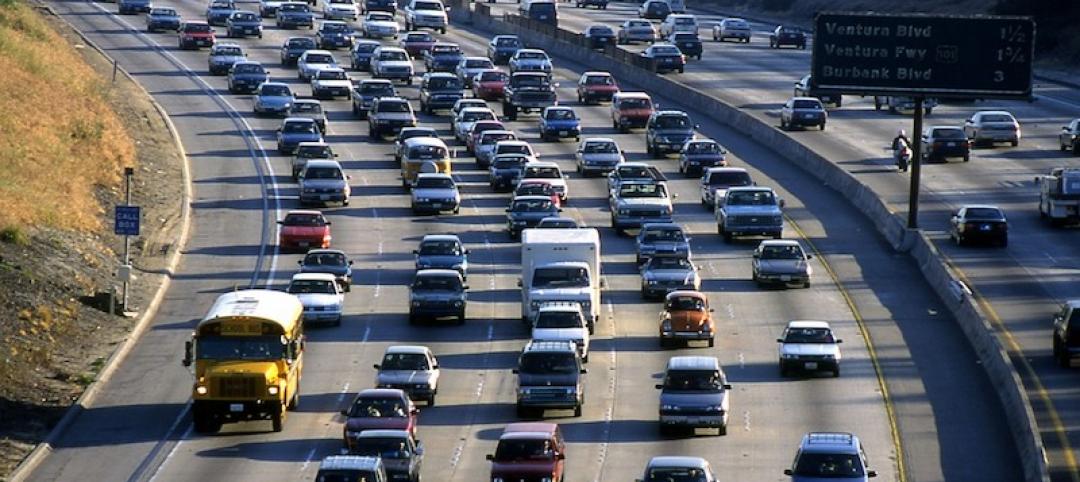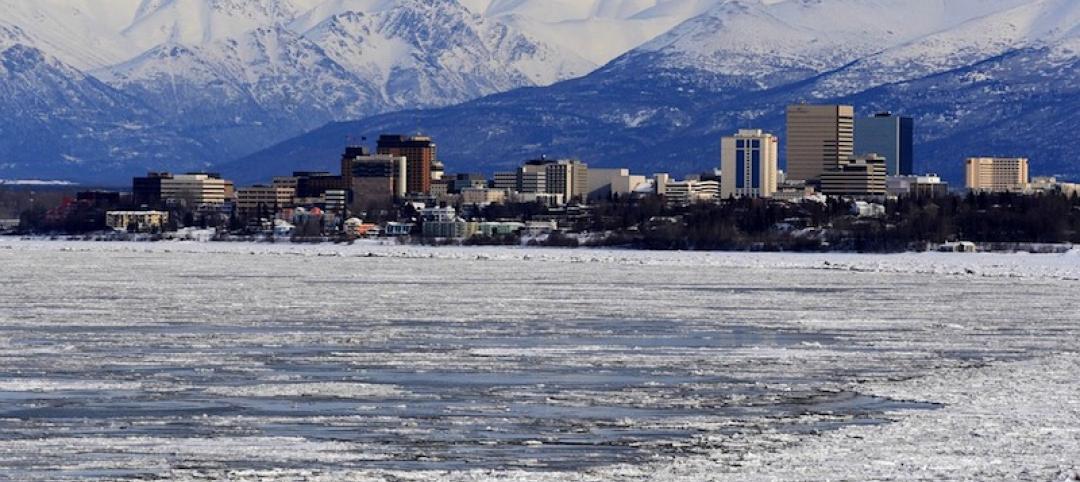In Boston, two recent reports, one on the impact of climate change, and the other on planning for future development, provoked a hard look at the wisdom of building in increasingly flood-prone areas.
The planning report, “Imagine Boston 2030,” identifies five priority growth areas in the metro area. Four of the five growth areas, including the booming Seaport District in South Boston, are extremely vulnerable to flooding according to the other report, “Climate Ready Boston.”
Stephen Gray, assistant professor of urban design at Harvard Graduate School of Design, and a cochairman for Boston’s 100 Resilient Cities Resilience Collaborative, points out the contradiction in an opinion column in the Boston Globe. He asks: “How and where we decide to grow will have immeasurable economic and social consequences, so why would we intentionally grow in parts of the city that we know to be extremely vulnerable to flooding?”
He points out that in the Seaport construction permits “continue to be approved so long as buildings have floodable first floors and utilities on the roof. By this measure, the city maintains that floodable buildings are a viable solution, even if the streets around them could eventually be ankle deep in mud and water depending on the tide.” Coastal cities around the world are faced with similar dilemmas concerning where best to encourage new development in the face of rising sea levels induced by climate change, and where best to invest in flood mitigation infrastructure.
Related Stories
Codes and Standards | Dec 12, 2018
California’s transportation problems could prevent state from reaching carbon reduction goals
Governor’s carbon neutral-by-2045 ambitions at odds with car culture.
Codes and Standards | Dec 11, 2018
Strict seismic building codes credited with minimizing damage in Alaskan earthquake
Magnitude 7.0 temblor cracked roads and collapsed road ramps, but buildings held up well.
Codes and Standards | Dec 7, 2018
Florida tops ABC’s 2018 Merit Shop Scorecard rankings
Michigan rose fastest after passing prevailing wage law.
Codes and Standards | Dec 6, 2018
North American steel yields lower GHG emissions than Chinese steel
North American construction steel saves about half of GHG emissions on building project.
Codes and Standards | Dec 5, 2018
Canadian retailer builds net-zero stores
Other chains also boost green efforts with PVs, EV charging stations.
Codes and Standards | Dec 4, 2018
Action on building codes would spur low-carbon cities
Faster retrofit cycles, increased energy-efficiency requirements for existing buildings needed.
Codes and Standards | Nov 30, 2018
Best solution to prevent California wildfire disasters: Stop building in places likely to burn
Approach would be unpopular as people attracted to stunning wooded landscapes.
Codes and Standards | Nov 29, 2018
USGBC and BRE form partnership
Two green standards groups will collaborate on standards, platforms, and research.
Codes and Standards | Nov 29, 2018
Parking garages in N.Y. State will have to be inspected every three years
Professional engineer must assess conditions.
Codes and Standards | Nov 28, 2018
To build water-efficient cities, water managers and urban planners must coordinate better
Lack of time and resources, and practitioners not in habit of working together hamper efforts.

















